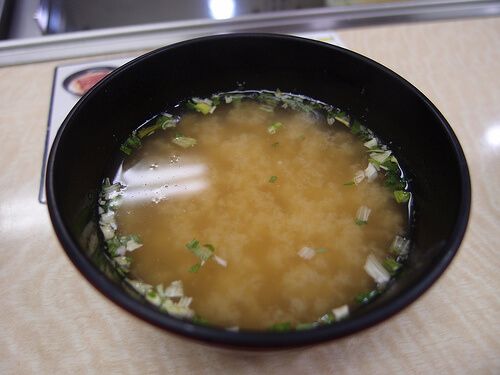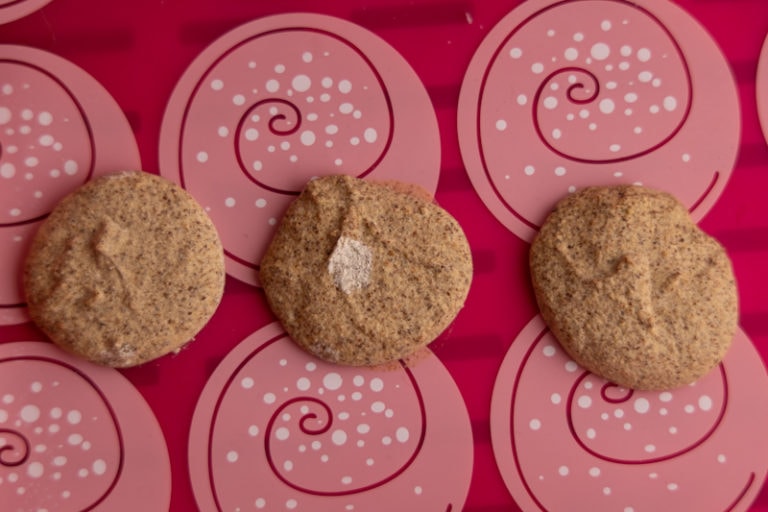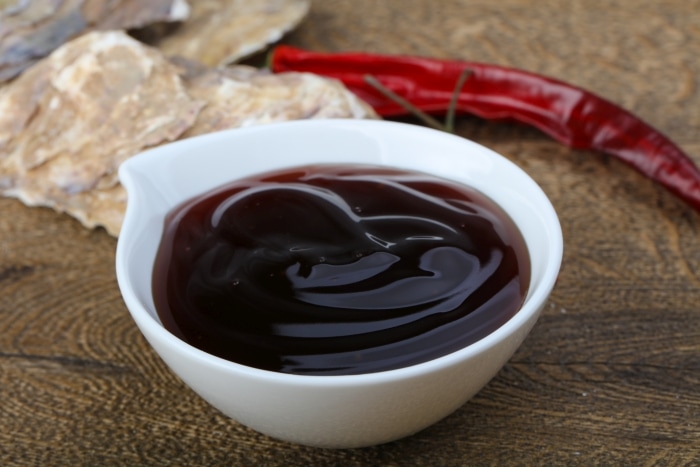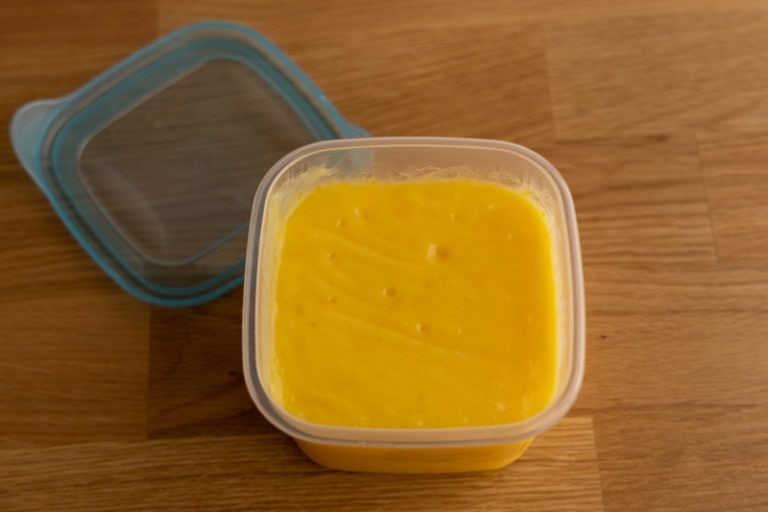How Long Does Miso Paste Last?
So you’ve bought a few packages of miso to make miso soup or use in ramen noodles. You tried a few recipes, but for some reason dishes with miso didn’t get into your standard menu.
Now you’re left with a jar that’s nearing its date. That begs the question: how long does miso paste last?
Or maybe you’ve just opened a package of miso and aren’t sure how to store it for the long term. You’ve checked a couple of websites and found some conflicting information. Some say that miso can sit at room temperature, while others urge you to refrigerate it. And you’re not quite sure who to trust. Same thing with the shelf life and going bad of the paste.
If you would like to learn more about storage, shelf life, and going bad of miso, read on. In this article, I not only cover the basics but also share some links to producers’ websites where you can read about miso in more detail.

How Long Does Miso Last?
You can keep miso for a long time thanks to the fact that it’s a fermented food product with lots of salt. Some companies put a best-by date on the label as that’s required by the law in their country. In other countries, having such date isn’t necessary, hence sometimes you can’t find it on the package.
If there’s a best-by date on the label, you can easily assume that unopened miso will be at peak quality for at least a couple of months past that date. If there’s only the production date, the paste should keep its quality for at least a year.
Past that time frame, the paste won’t go bad or anything, but it might degrade a bit in terms of quality and become less sweet to taste. That’s because miso is alive, and it continues to ferment, albeit very slowly.
Once you open the package, the degradation process accelerates a bit. Generally, the paste should retain the best quality for about 3 months after opening the package.
That, of course, doesn’t mean that it will go bad after 4 months or half a year. But at a certain point, you might notice some subtle differences in flavor between the paste you have and fresh miso. However, if the quality of the paste is good enough to use, you can continue using it.
| Pantry | Fridge | |
|---|---|---|
| Miso (unopened) | 1 year or Best by + 3 – 6 months | |
| Miso (opened) | 3+ months |
Please note that the periods above are for best quality only. Properly stored miso will last much longer with pretty good quality.

How To Tell If Miso Is Bad?
If you notice any classic signs of going bad, like mold, discolorations, or an off smell, throw the paste out.
As I mentioned earlier, miso can last a really long time, so the chance that it will actually spoil is slim to none. However, with time the quality of paste degrades slightly, and at some point, you might decide to throw it out for quality purposes.
Give it a good sniff and decide if it’s good enough or not. If you’re unsure, you can eat a small amount before you make the final decision.

How To Store Miso
In terms of storage, miso is actually quite similar to Tabasco. You should store an unopened package of miso in a cool and dark place, away from light and sources of heat. The pantry is the best place, but a cabinet in the kitchen will get the job done too. Just make sure it’s not near the stove, as the temperature fluctuations may alter the taste of the paste. There is no need to refrigerate unopened miso.
Once you open the package, make sure it’s always sealed tightly when not in use.
When it comes to where opened miso should be stored, there are two options. The fridge is the best place because miso retains quality best at low temperatures. However, the pantry or even room temperature in many cases are a-okay for prolonged storage as well. If the label doesn’t urge you to refrigerate the paste after opening, feel free to keep it in the pantry.
Last but not least, always use clean utensils when scooping the paste for miso soup (e.g., with tofu) or ramen noodles, or any other dish that requires it.
While fermented soybeans and salt don’t make a great environment for foreign bacteria to live in, microbial contamination is still a possibility. And it’s super easy to avoid it by simply always using clean spoons.
Rotten Records: Share Your Snap!
Caught some food past its prime? Upload your photo to “Rotten Records” and help others spot the signs of spoilage. Every image makes our food community safer and more informed!

![Does Tahini Go Bad? [Shelf Life, Storage, and Spoilage]](https://www.doesitgobad.com/wp-content/uploads/Light-tahini.jpg)
![Does Worcestershire Sauce Go Bad? [Storage, Shelf Life, Spoilage]](https://www.doesitgobad.com/wp-content/uploads/Lea__Perrins_Worcestershire_Sauce.jpg)


